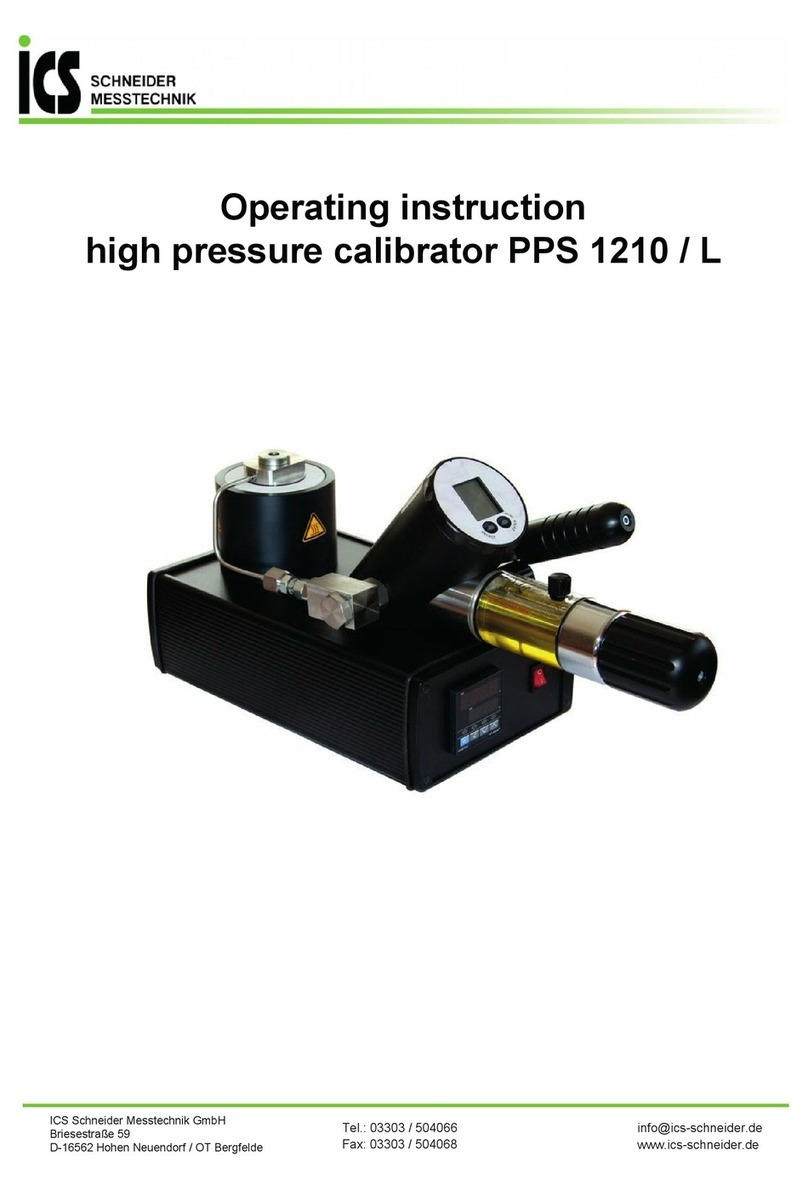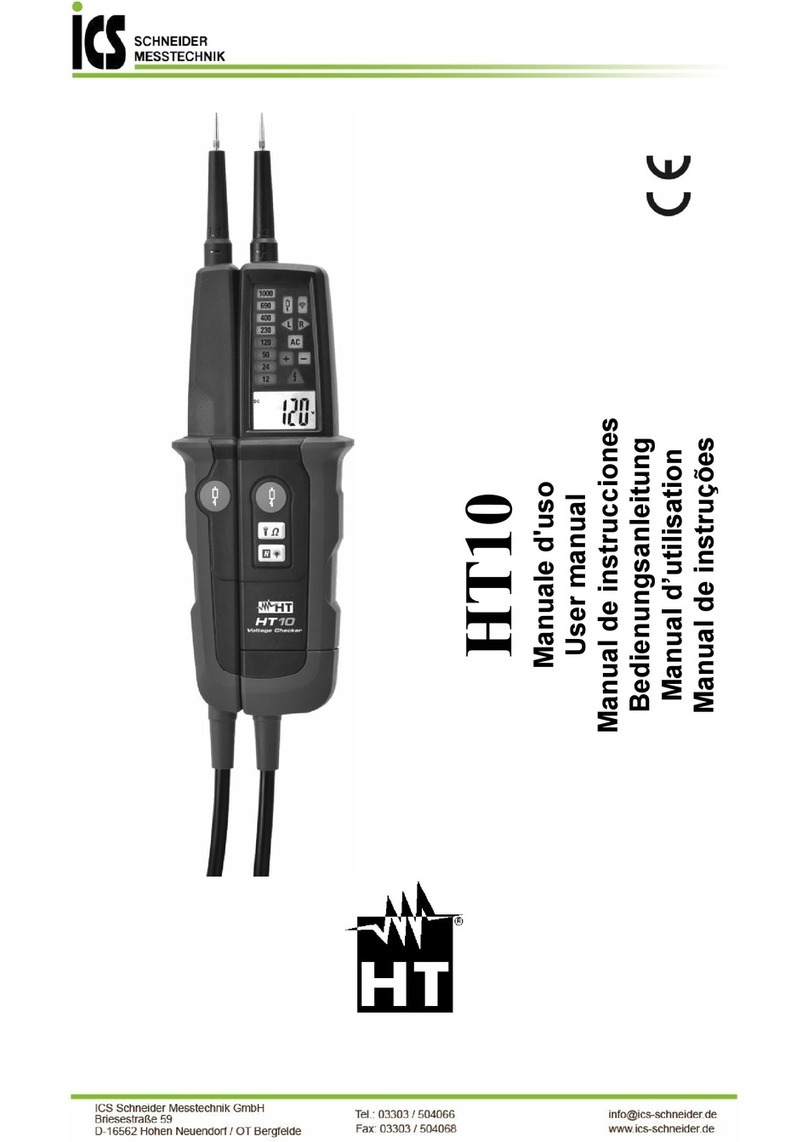
Copyright 2013 Baker Hughes Company.
viii | DPI620G Instruction Manual–English
10.4 Scanning for Devices 113
10.5 Context Sensitive Menu 114
10.6 Troubleshooting 115
10.7 Device Focus View 115
10.8 The Navigation Menu Tree 116
10.8.1 Block Header bar 117
10.9 Functional Group View 117
10.9.1 How to show Parameter Help 118
10.9.2 How Refresh Data 118
10.9.3 Editing Values 119
10.9.4 Methods 120
10.10 Fieldbus Function Finder 120
10.11 How to Export Data to the Main DPI620G Application 122
10.12 How to see Exported Variables in the Channel Window 123
10.13 Fieldbus Application – My Block 123
10.14 Application Settings 124
10.14.1 Device Library 124
10.14.2 Options 125
10.14.3 Advanced 125
11. Profibus® PA 126
11.1 Introduction 126
11.2 Profibus® Configurations 126
11.3 Start-up 126
11.4 Profibus® Connections 127
11.5 Profibus® Application – Connecting to a Network 128
11.6 Profibus® Toolbar 128
11.7 Scanning for Devices 129
11.8 Context Sensitive Menu 131
11.9 Troubleshooting Connection Problems 131
11.10 Profibus® Application – Communication 132
11.10.1 Device Focus View 132
11.10.2 Block Navigation Tree 133
11.10.3 Block Header Bar 134
11.10.4 Folder Variables 135
11.10.5 Displayed Parameter Help 136
11.10.6 How to refresh Data 136
11.10.7 Editing Variables 137
11.11 Profibus® Application – My Block 137
11.12 Profibus® Application – Exporting Variables 138
11.12.1 Viewing Exported Variables in Channel Window 139
11.13 Profibus® Application Settings 139
11.13.1 Device Library 139
11.13.2 Application Options 140
11.13.3 Advanced 140
11.14 Profibus® Function Finder 140
12. Calibration Procedures 142
12.1 Before you start the calibration 142
12.2 Procedures (CH1/CH2): Current (Measure) 144
12.3 Procedures (CH1/CH2): Current (Source) 145
12.4 Procedures (CH1/CH2): DC mV/Volts (Measure) 147





























